Discarded food scraps, stray branches, seashells and many other natural materials are key ingredients in a system that can pull drinkable water out of thin air
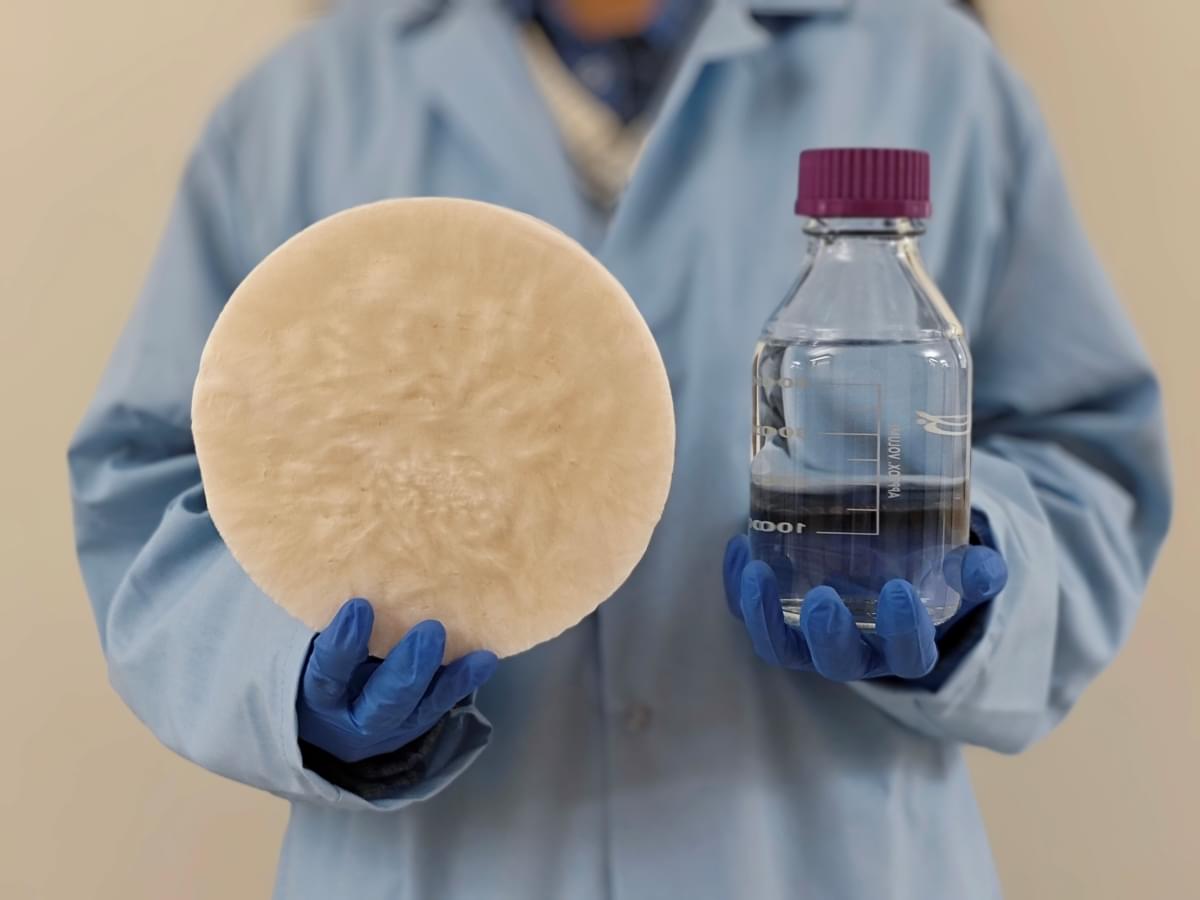

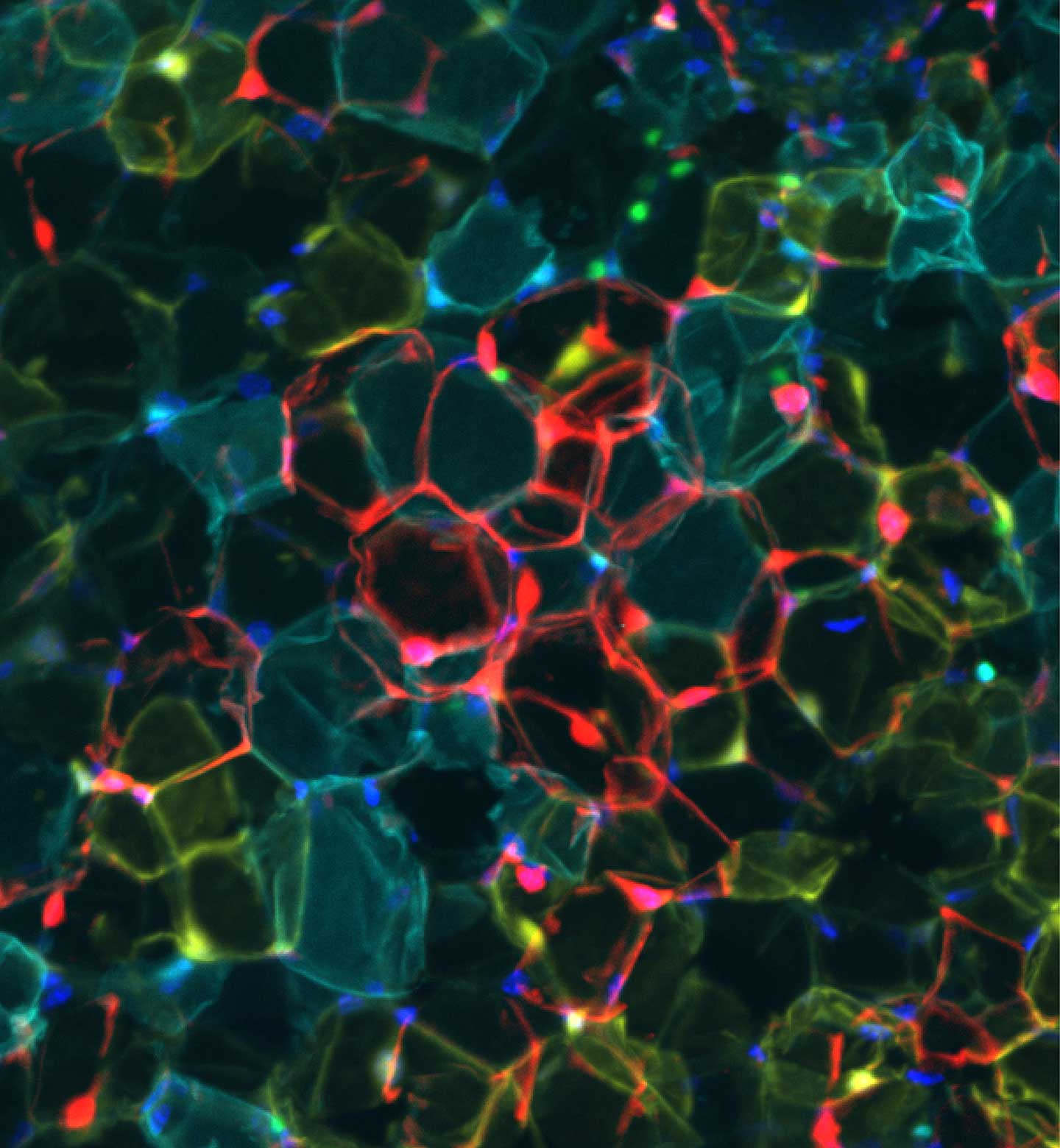
How do you grow 2.5x more strawberries? James Dyson reveals how engineers designed and built a unique way to increase Dyson Farming’s strawberry output.
Strawberries available in the UK from:
@Ocado
@marksandspencer
@sainsburys
Discover more about Dyson Farming:
dysonfarming.com.
#Dyson #InsideDyson #DysonFarming
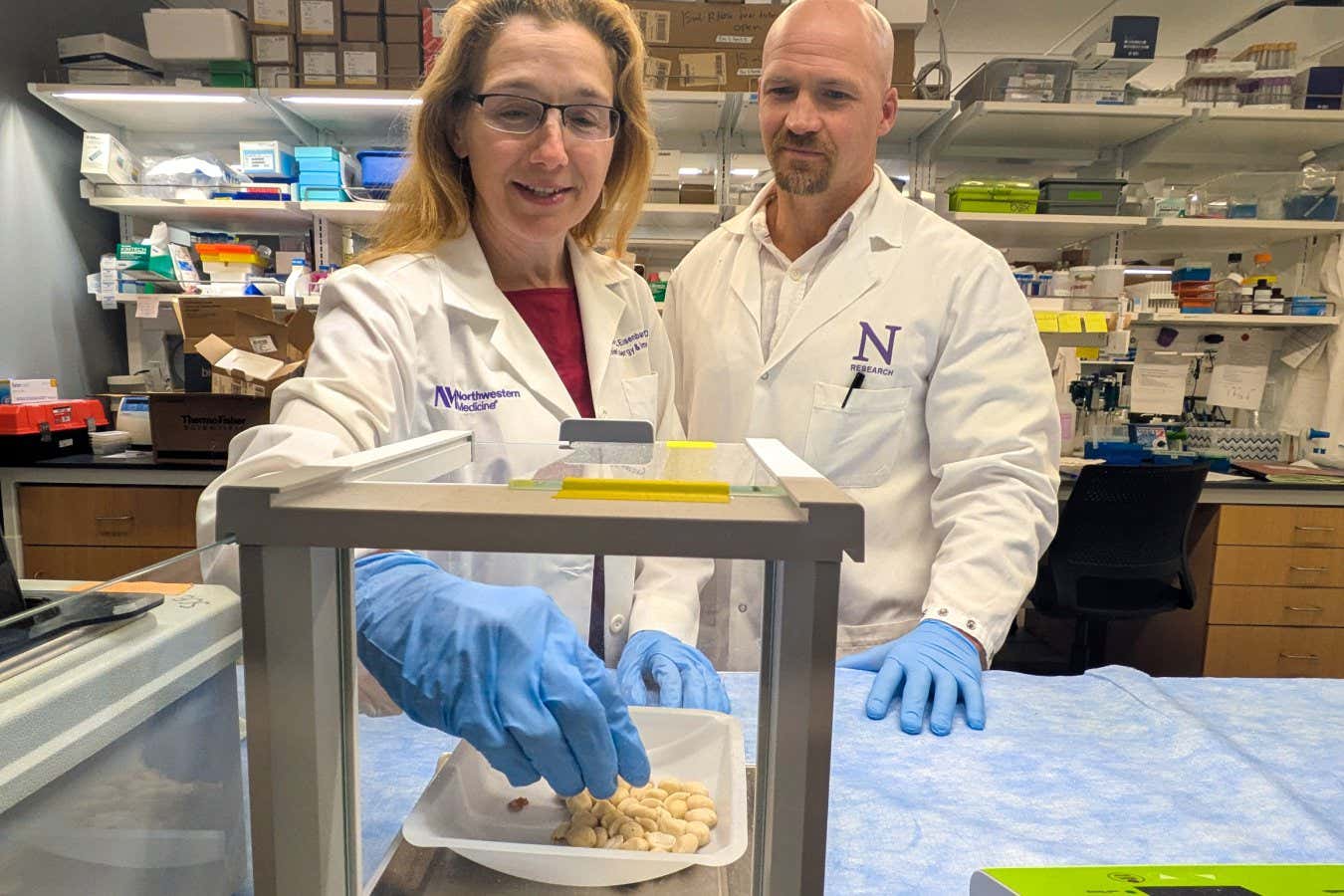
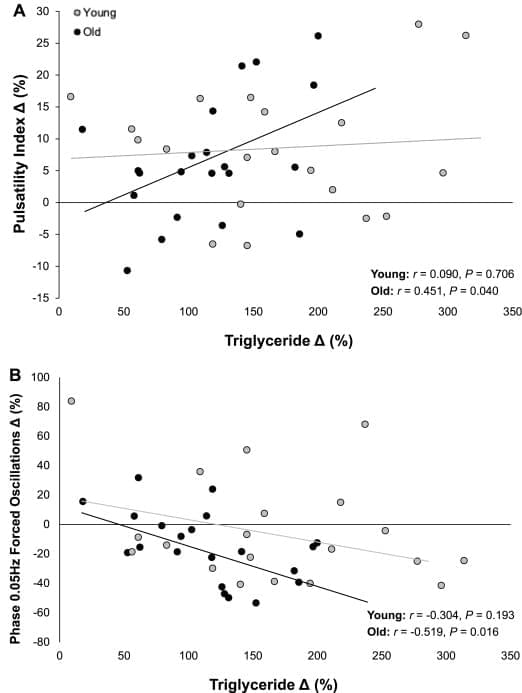
Dietary fat is an important part of our diet. It provides us with a concentrated source of energy, transports vitamins and when stored in the body, protects our organs and helps keep us warm. The two main types of fat that we consume are saturated and unsaturated (monounsaturated and polyunsaturated), which are differentiated by their chemical composition.
But these fats have different effects on our body. For example, it is well established that eating a meal that is high in saturated fat, such as that self-indulgent Friday night takeaway pizza, can be bad for our blood vessels and heart health. And these effects are not simply confined to the heart.
The brain has limited energy stores, which means it is heavily reliant on a continuous supply of blood delivering oxygen and glucose to maintain normal function.
One of the ways the body maintains this supply is through a process known as “dynamic cerebral autoregulation”. This process ensures that blood flow to the brain remains stable despite everyday changes in blood pressure, such as standing up and exercising. It’s like having shock absorbers that help keep our brains cool under pressure.
But when this process is impaired, those swings in blood pressure become harder to manage. That can mean brief episodes of too little or too much blood reaching the brain. Over time, this increases the risk of developing conditions like stroke and dementia.
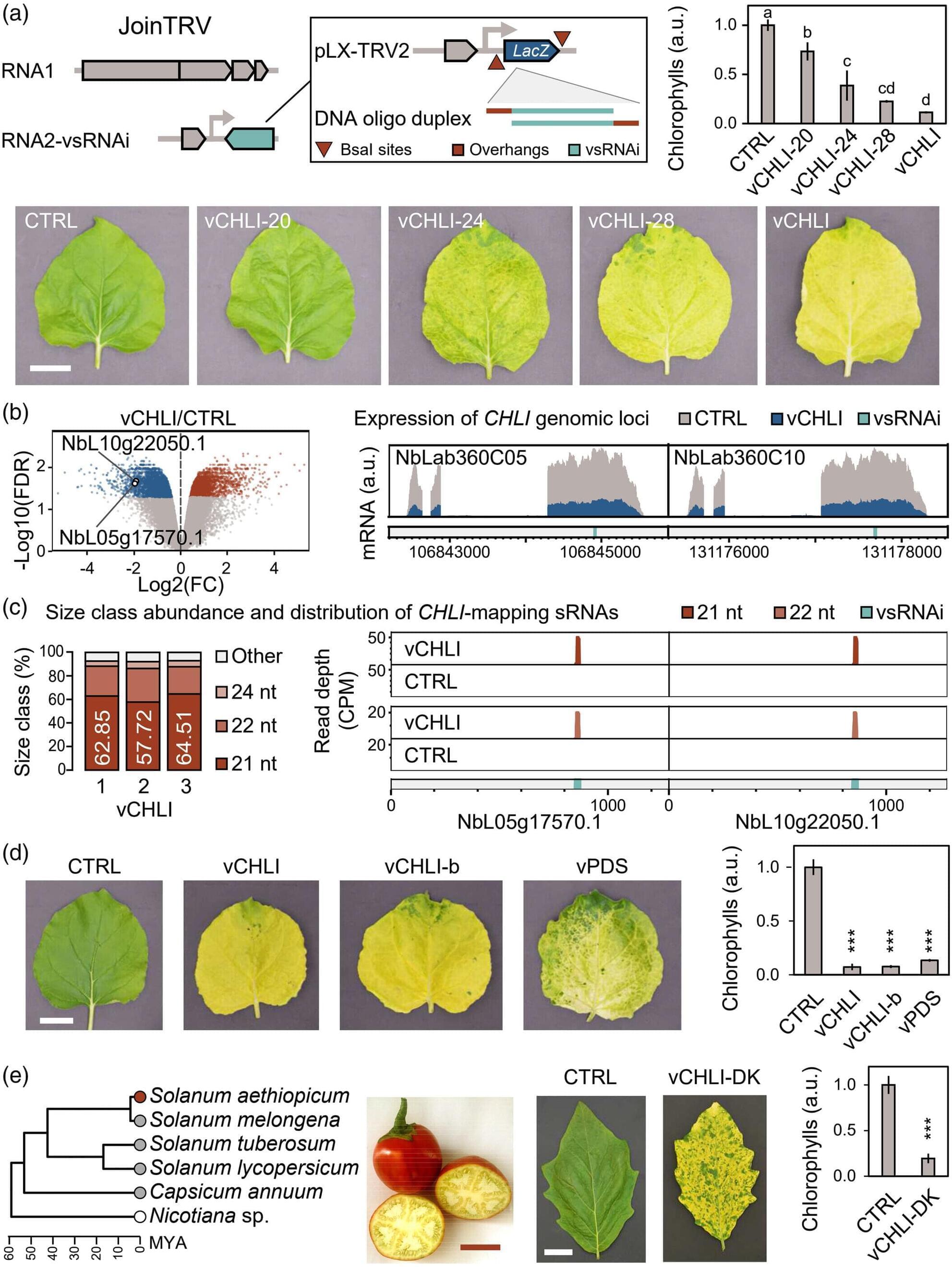
A team of researchers from the Spanish National Research Council has made a significant advance in plant biotechnology by developing a new method for silencing genes. The novel technique uses ultra-short ribonucleic acid (RNA) sequences carried by genetically modified viruses to achieve genetic silencing, allowing the customization of plant traits. The work, published in the Plant Biotechnology Journal, opens up new avenues for crop improvement, functional genomics, and sustainable agriculture.
Viral vector technology involves modifying viruses, removing the genetic material that causes disease, to turn them into vehicles that carry the RNA sequence to be introduced into an organism. This technique, when applied to plants, has already proven effective under experimental conditions in inducing flowering and accelerating the development of improved crop varieties, modifying plant architecture to facilitate adaptation to mechanization, improving drought tolerance, and producing metabolites beneficial to human health, among other applications.
Now, the method developed by the CSIC, together with the Valencian University Institute for Research on the Conservation and Improvement of Agrodiversity (COMAV) and the Italian Department of Applications and Innovation in Supercomputing (Cineca), represents an optimization of technological platforms to accelerate the development and validation of agricultural applications based on viral vectors.

A group of Chinese scientists has created powerful new tools that allow them to edit large chunks of DNA with incredible accuracy—and without leaving any trace. Using a mix of advanced protein design, AI, and clever genetic tweaks, they’ve overcome major limitations in older gene editing methods. These tools can flip, remove, or insert massive pieces of genetic code in both plants and animals. To prove it works, they engineered rice that’s resistant to herbicides by flipping a huge section of its DNA—something that was nearly impossible before.
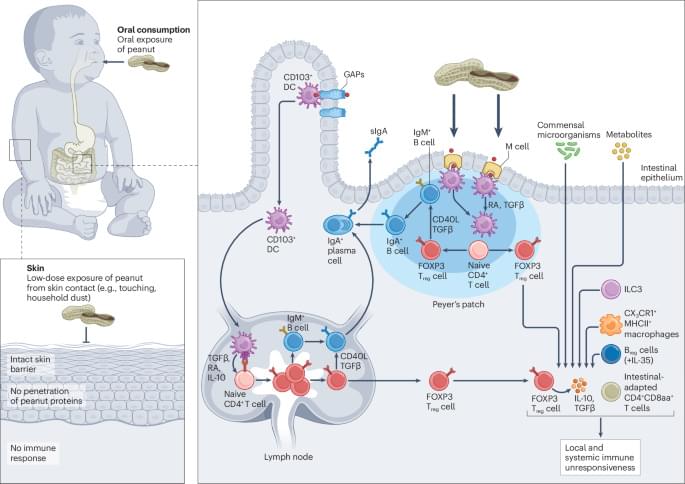
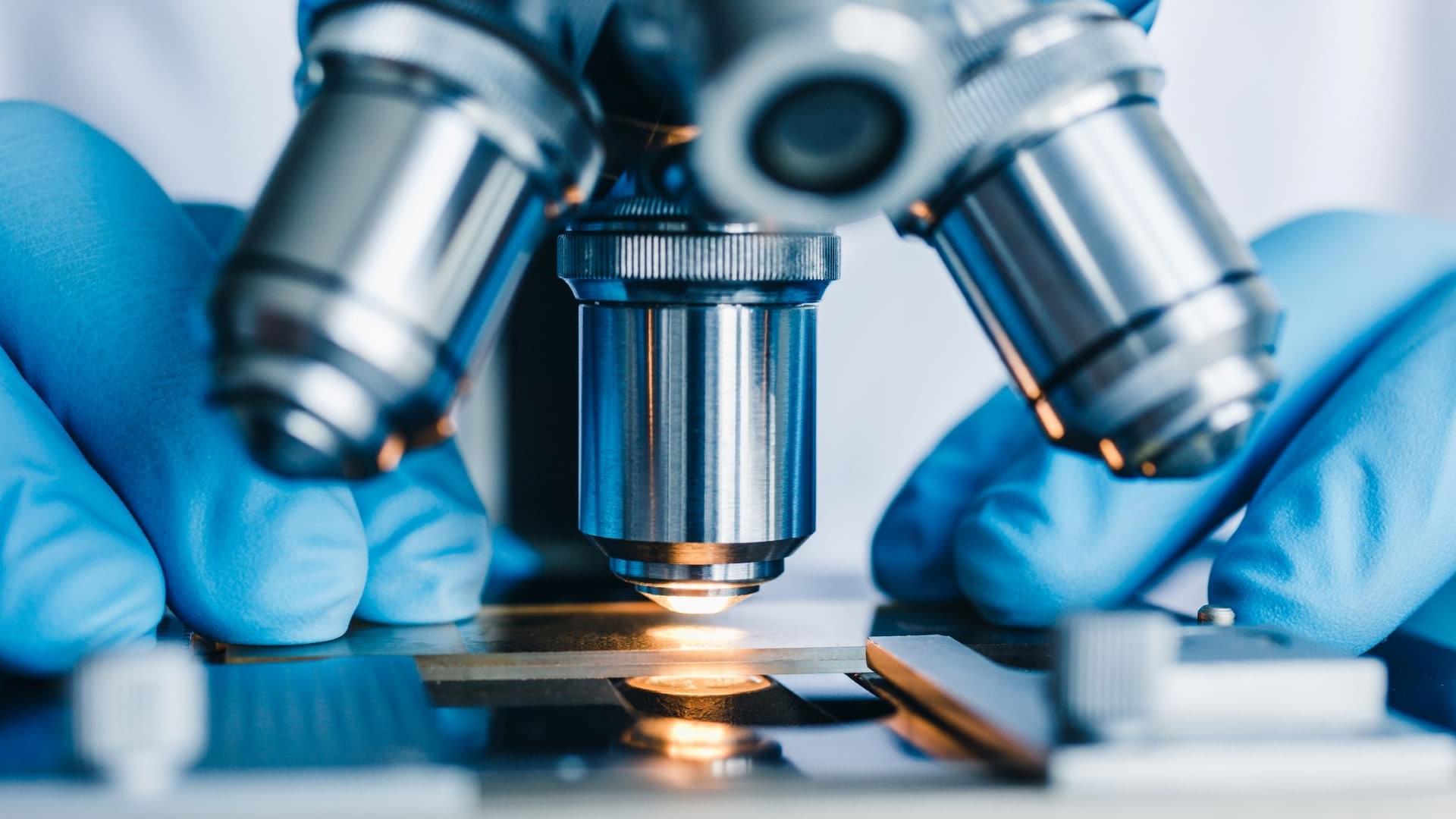
A team of researchers has created small swimmers that can harvest energy from their surroundings and convert it into movement. The discs, about twice as wide as a human hair, are amazingly partly made from dried food dye, according to a news release from New York University.
The fascinating project includes experts from Harvard, the University of Chicago, and elsewhere.
“The essential new principles we discovered — how to make microscopic objects swim on command using simple materials that undergo phase transitions when exposed to controllable energy sources — pave the way for applications that range from design of responsive fluids, controlled drug delivery, and new classes of sensors, to name a few,” lead researcher Juan de Pablo, from NYU, said in the summary.

As we age, our bodies gradually lose their ability to repair and regenerate. Stem cells diminish, making it increasingly difficult for tissues to heal and maintain balance. This reduction in stem cells is a hallmark of aging and a key driver of age-related diseases. Scientists have long debated whether this decline is the root cause of aging or a side effect. Efforts to use stem cell transplants to reverse aging have faced many challenges, such as ensuring the cells survive and integrate into the body without causing serious side effects, like tumors.
In a recent study published in Cell, researchers from the Chinese Academy of Sciences and Capital Medical University introduced a new type of human stem cell called senescence-resistant mesenchymal progenitor cells (SRCs) by reprogramming the genetic pathways associated with longevity. These cells, which resist aging and stress without developing tumors, were tested on elderly crab-eating macaques, which share physiological similarities with humans in their 60s and 70s.
The research team conducted a 44-week experiment on these macaques. The macaques received biweekly intravenous injections of SRCs, with a dosage of 2×106 cells per kilogram of body weight. The researchers found no adverse effects among the macaques. Detailed assessments confirmed that the transplanted cells did not cause tissue damage or tumors.
The researchers discovered that SRCs triggered a multi-system rejuvenation, reversing key markers of aging across 10 major physiological systems and 61 different tissue types. The treated macaques exhibited improved cognitive function, and tissue analyses indicated a reduction in age-related degenerative conditions such as brain atrophy, osteoporosis, fibrosis, and lipid buildup. 👍